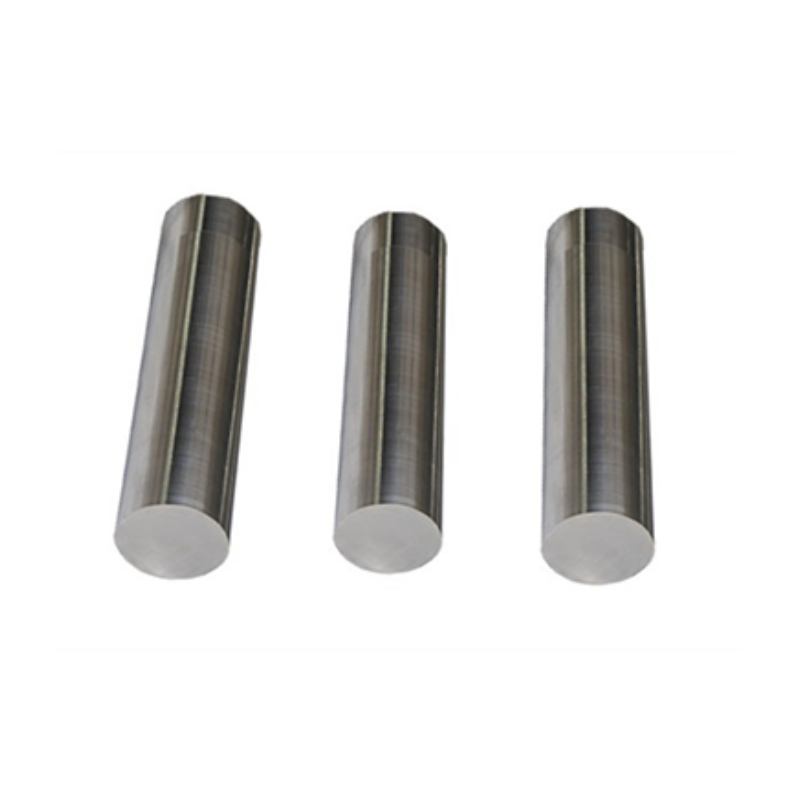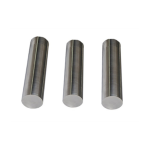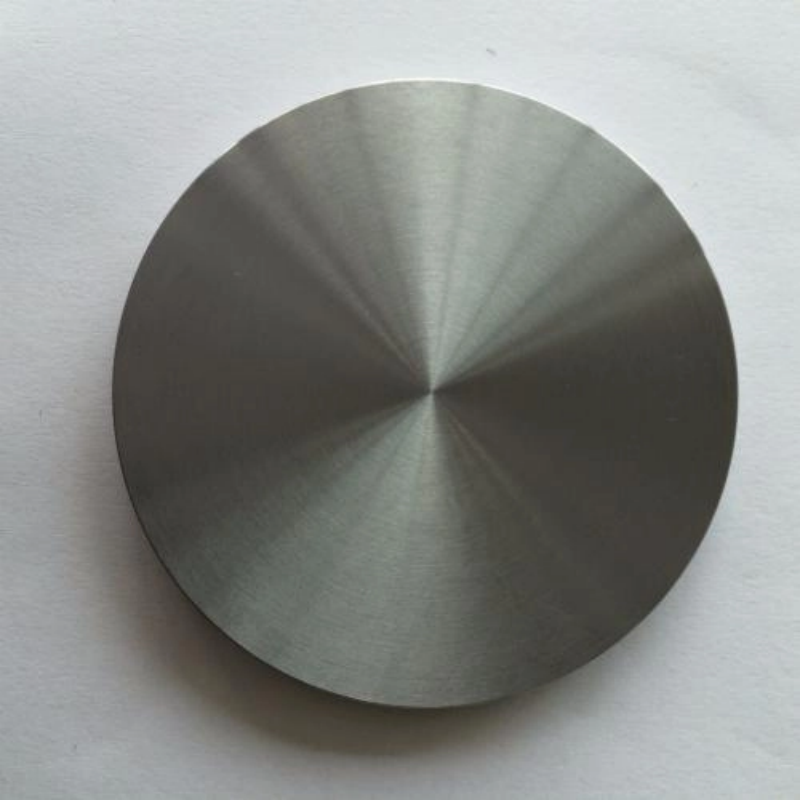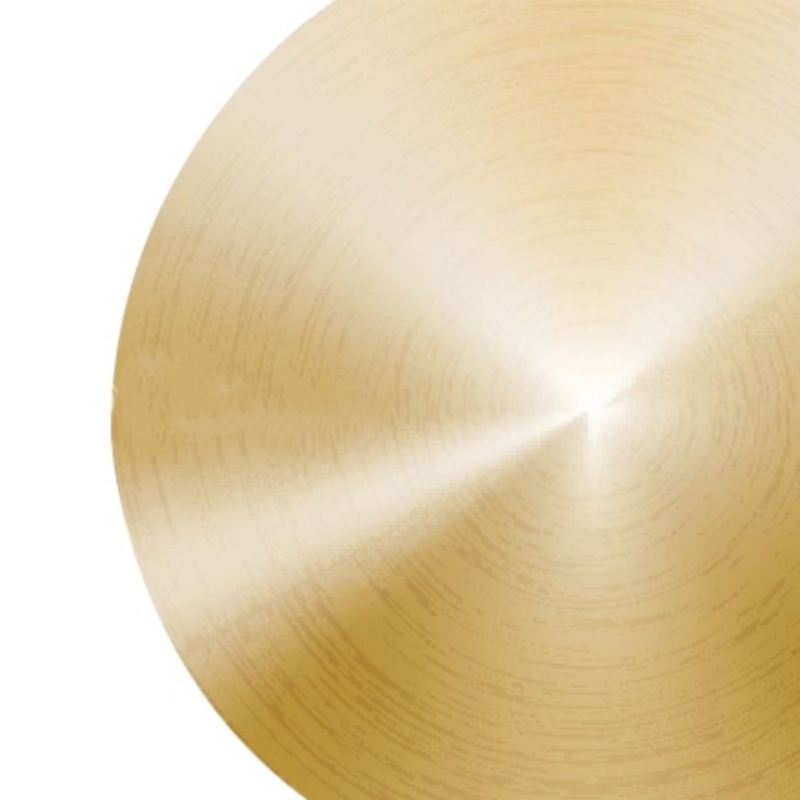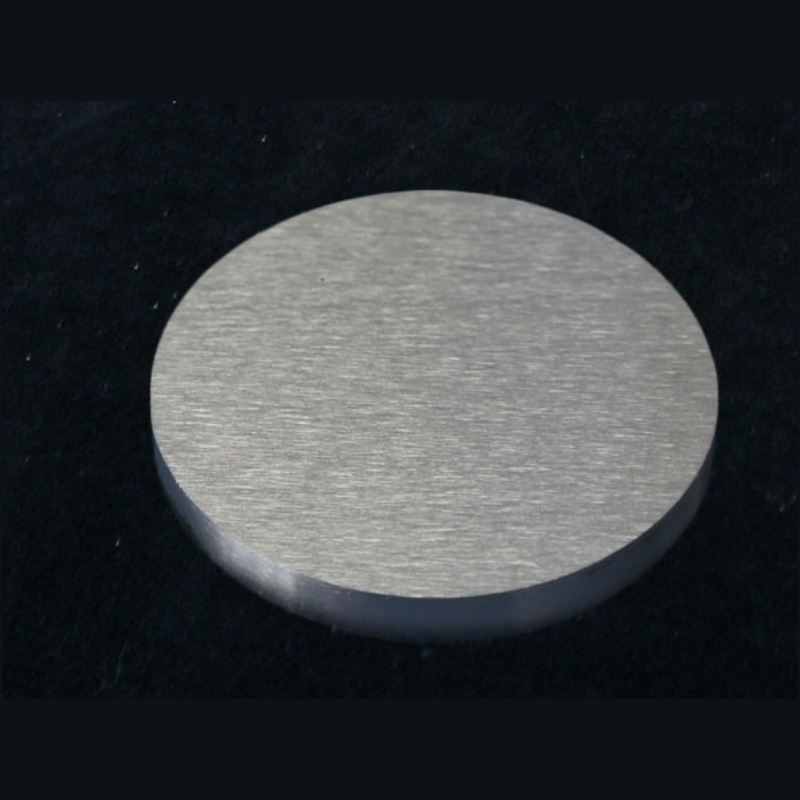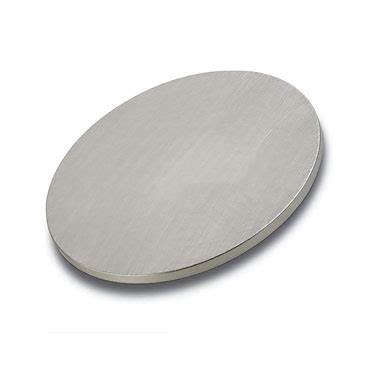Expansion Alloy 4J50 is a high-performance material known for its excellent thermal expansion properties, mechanical strength, and compatibility with glass and ceramics. This alloy is widely used in various industries, including electronics, aerospace, and telecommunications, where it serves in critical components exposed to demanding environments. Its unique properties make it ideal for applications requiring durability, reliability, and high performance.
Product Overview
4J50 is an iron-nickel-cobalt based controlled-expansion sealing alloy, specifically designed for sealing with soft glass or related ceramics in the electrical vacuum industry. The alloy has a suitable linear thermal expansion coefficient within a specific temperature range, ensuring the stability of the sealed joints during temperature variations without causing stress accumulation. It is widely used in vacuum tubes, electronic packaging, and precision instrument sealing applications.
Features
- Stable Expansion Coefficient: The alloy's expansion characteristics are compatible with soft glass or ceramics within a specific temperature range, ensuring stability at the sealing junction.
- Excellent Sealing Performance: Ideal for sealing in electrical vacuum devices and precision instruments.
- Strong Mechanical Strength: Provides adequate strength to ensure long-term, stable use.
Applications
- Electrical Vacuum Industry: Extensively used in vacuum tubes, electronic packaging, and related applications.
- Precision Instrument Sealing: Suitable for sealing in high-precision instruments requiring accurate sealing.
- Soft Glass & Ceramic Sealing: Designed for precise sealing with soft glass or ceramics, ensuring stability during temperature changes.
| C | P | S | Mn | Si | Al | Ni | Fe |
| Not more than(≤) | |||||||
| 0.05 | 0.02 | 0.02 | 0.8 | 0.3 | 0.1 | 49.0-50.5 | Balance |
| Heat Treatment Procedure | Average Linear Expansion Coefficient (ā)/(10-6/℃) | |
| 20-300℃ | 20-450℃ | |
| Heat the sample to 900℃ ±20℃ in a hydrogen atmosphere, hold for 1 hour, and cool to below 200℃ at a rate not exceeding 5℃/min before removing from the furnace. | 9.2-10.0 | 9.2-9.9 |
 new material
new material

